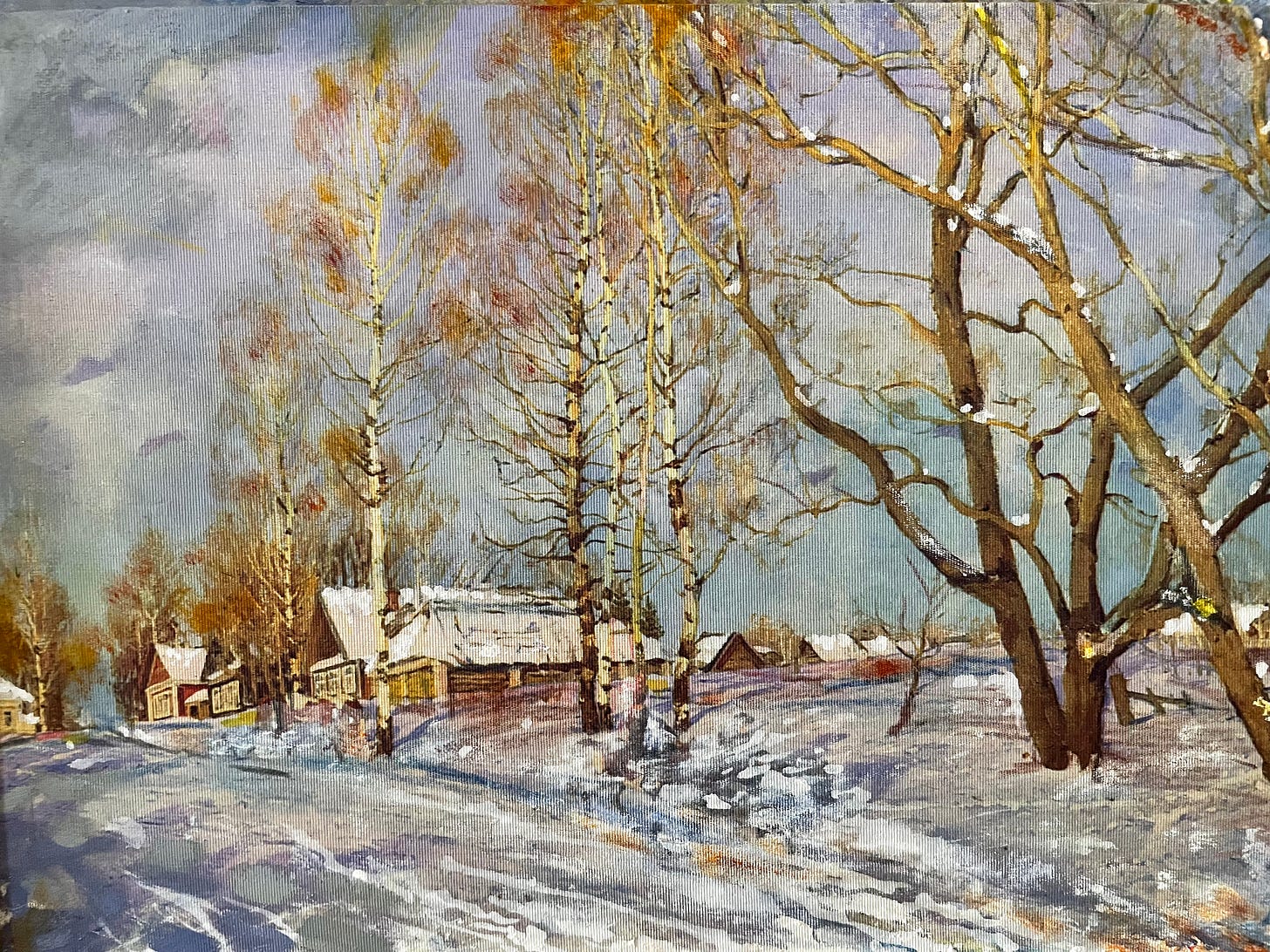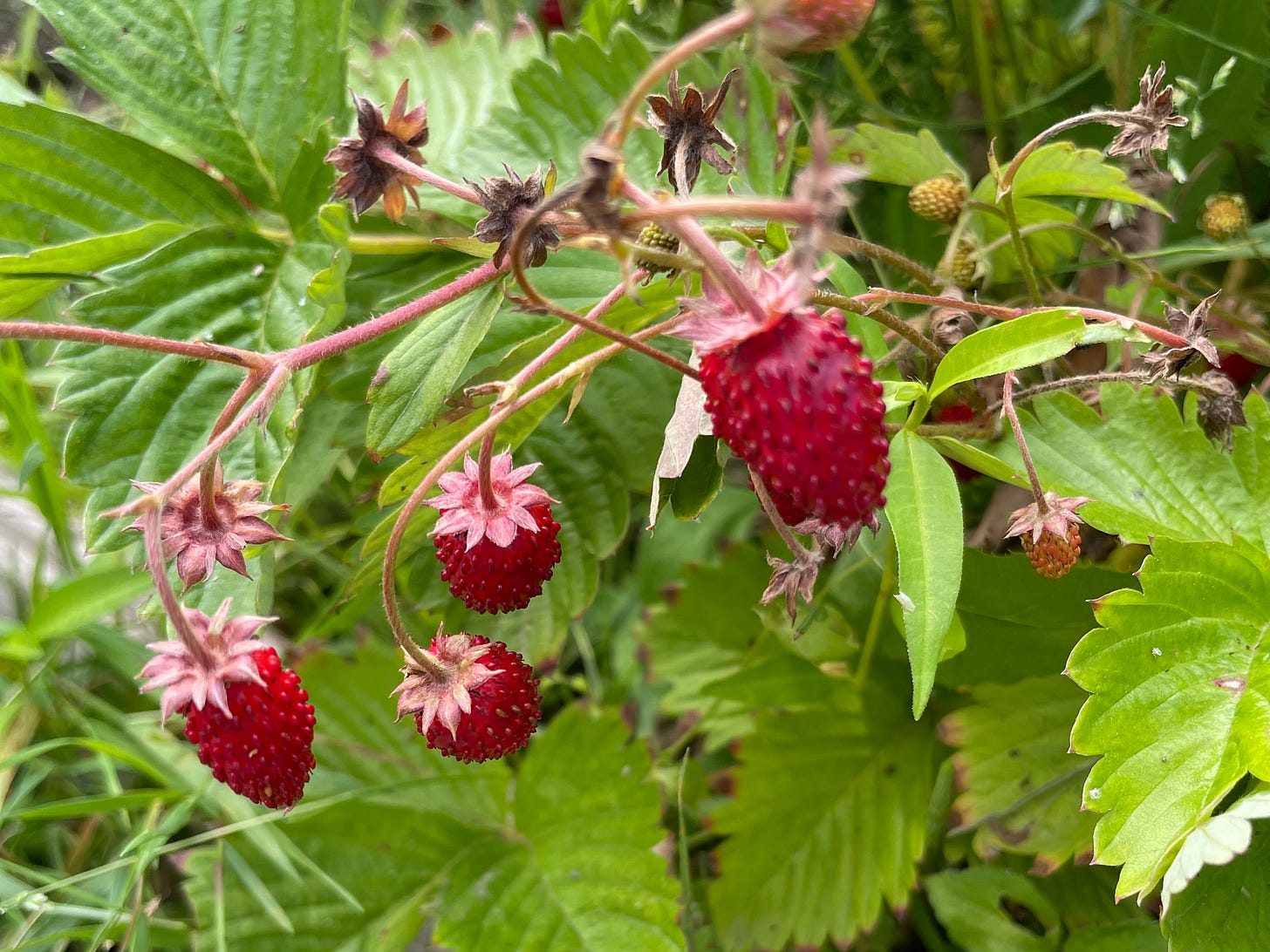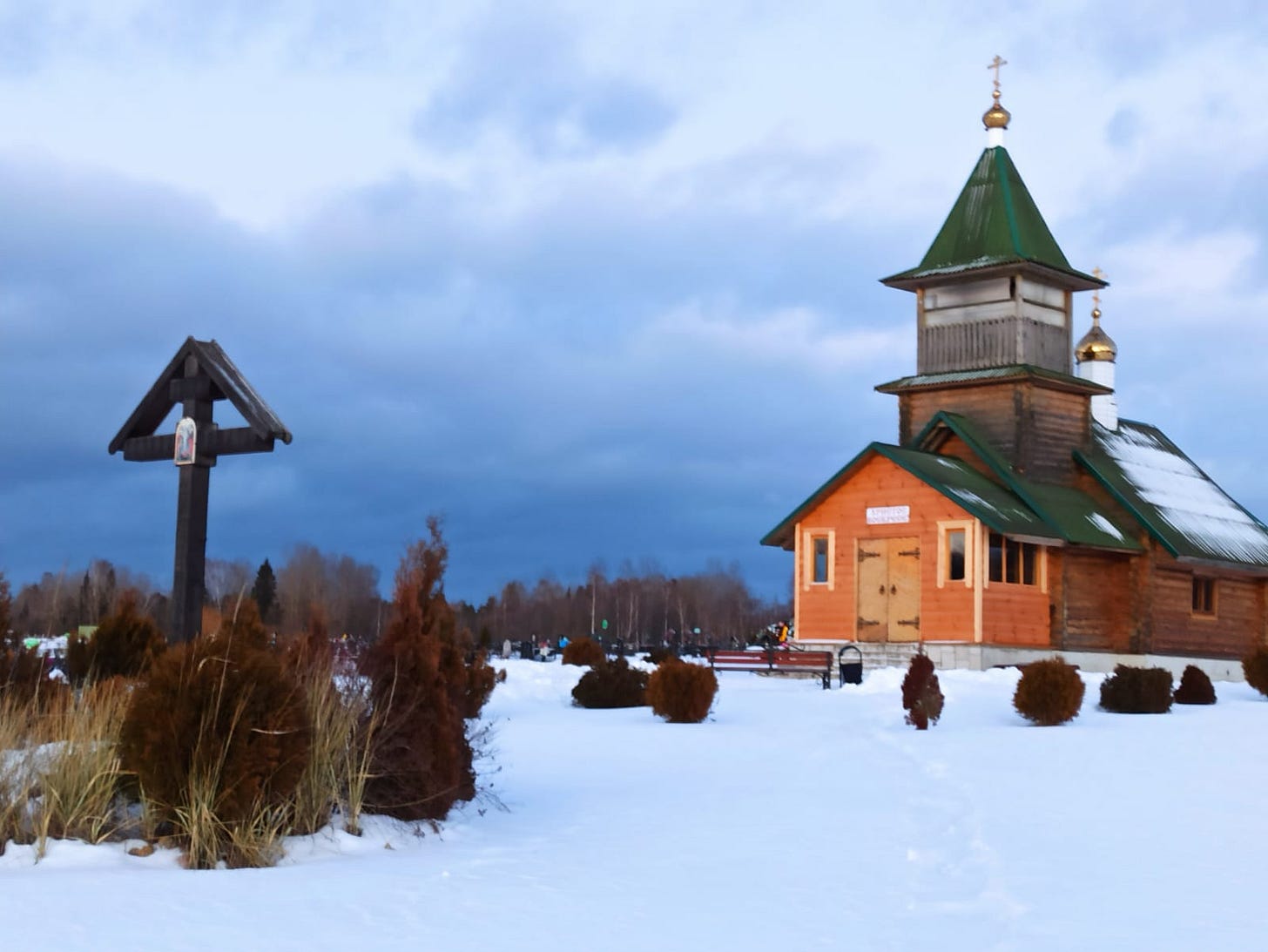I’ve been writing about biology and nature all year. And like with all things in nature, it is time for me to take a break. I will return in January with more biology-inspired content. But before I leave for vacation, I want to share some light holiday content with you.
Have you ever wondered how the twelve months of the year got their names? The names used today by most countries originated in Ancient Rome. The Latin nomenclature for the 12 months incorporated numbers (September through December) as well as the names of Roman gods (January, March, May, June), emperors (July and August) and holidays (February). These words have been adopted pretty universally: not only by Romance languages like Italian and French but also by Germanic and Slavic language groups, which includes Russian.
Although the Belarusian language is the closest one to Russian, Belarusians decided to stray from the tradition and get creative with their naming of the months. In the Belarusian language, the months are named according to what is happening in nature during that time of year. This is something I want to share with you today: the names of the 12 months inspired by seasonal changes.
January in Belarusian is called студень, the “Icy Cold” month. It tells you everything you need to know about the winter in Belarus. When I was growing up, the snow would stay on the ground for most of the winter, and parents would transport their kids to kindergarten by pulling them on a sled. It was very cute to see a whole row of different sleds “parked” in front of the school, with little kids bundled up to the point where they could not move their limbs—no wonder the parents had to transport them.
February in my language is called люты, meaning “Ruthless” or “Bitter Cold”. If January wasn’t cold enough, February comes in with its bright and clear days and temperatures that dip below negative 30 Celsius. I remember walking to school on one of those bitter cold days with my eyelashes frosted over and nose hairs prickly from the ice. The name is apt—February in Belarus is not for the faint-hearted.
March is named сакавiк, or “Sap Month”. This, to me, is much more appropriate than calling the first month of spring after the Roman god of war. One of the first signs of spring is trees reabsorbing water from the ground. They drain their trunks in the fall to prevent breakage of the plant cells when the water freezes and expands. In the spring, as trees awaken and drink up the vital moisture, some of them like slender white birches start producing sap—hence the name of this month.
April is called красавiк, or “Flower Month”. This one is a bit premature because flowers are sparse in April. Snowdrops are usually the first flowers to emerge after the winter snowpack starts melting. You often see them, along with purple squills, among patches of snow. These first flowers are followed by the yellow coltsfoot, daffodils, and dandelions popping up after the snow finally melts (in May).
The traditional name for May is травень, or “Grass Month”. Growing up, I would get so excited to see fresh green colors after the endless grey winter. May is when grasses take off and paint everything in vibrant green, making people feel alive again as nature’s force picks up speed.
June is чэрвень. This name comes from the word “Red” which is also the synonym of “beautiful”. People say this is given to the season when the first red berries—delicious wild strawberries and raspberries—begin to ripen. I used to wait impatiently to taste these succulent berries as soon as they began to blush.
The word for July is лiпень, named so after the linden trees that would blossom violently in mid-summer, filling the air with their honeyed herbal essence. We would pick the linden flowers with my mom and dry them out to use for teas later in the year, preserving this summer scent for months.
August is called жнiвень, which literally means “Reaping Month”. The name highlights the main activity that takes place this month. Belarus is an agrarian country, and harvest time has always been important, especially before globalization. What you reap this time of year that what will sustain you and your family through the winter, so all the attention goes to the harvest.
September is верасень, “Heather Month”. During this time, the bright colors of the short Belarusian summer begin to subside and the meadows are painted with a subtle mauve hue of the heather plants. Fall here comes a little earlier than in most European countries that celebrate harvest festivals in October. The first morning frosts also add a heather tint to the grasses they touch.
October is кастрычнiк, or “Husk Month”. Not much is left in the fields after the harvest except for dry wheat husks blowing in the wind. The air is dry and crisp, and the dust from the leftover husks sweeps across the flat Belarusian plains.
November is called лiстапад, which translates to “Leaf Fall”. Usually, after the dry October, November comes in with cold rains and takes down the remaining foliage. This month finalizes the transition from the abundance of summer to the austerity of winter.
December is aptly named снежань, “Snowy”. The November rains are followed by heavy December snowfall as the temperatures drop below freezing. It contributes to the magical atmosphere of the upcoming holidays, the biggest one being New Year. Its lesser cousin, Orthodox Christmas is celebrated on the 7th of January, the cold old month of студень.
I never realized just how poetic these names were until I left my country and half-forgotten its language. Hearing these foreign terms with the ears of a non-native speaker and actually understanding the meaning behind the words gave me a new appreciation of my ancestors’ intimate connection with the cycles of nature.
In school, we used to write out the date and month (spelling them out with letters instead of numbers) every day in our notebooks, and I would get annoyed by the fact that I had to learn a second language that nobody even used. Russian was the predominant language used by people, businesses, and even the government. The Belarussian language was left for the old-fashioned radio stations that only my grandmother listened to.
Growing up I was ashamed to speak Belarussian. I thought it was the tongue of the provincial and uneducated folks—a belief so engrained in me that in my first decade of living in the US, I would introduce myself as a Russian. Today, it makes me sad that I don’t speak my native language and have instead adopted the language of an empire. This alienation is the reason why the Belarussian language is dying—and with it the many beautiful traditions its vocabulary preserves, like the names of the 12 months.
There is wisdom, respect, and love in those names. But what I love about it the most is that there is a rebellious authenticity in choosing to call things what they are. The Belarussian people did not try to adopt the “proper” or “official” vocabulary. Instead, we named the months by observing the world around us, the world that has shaped us. These words foster our connection to nature at a time when nature has never felt so far away.











So heartwarming tribute to beauty and meaningfulness of Belarusian language! My eyes filled with tears...❤
Wow, I really love when you are writing about you and your roots. Really deep, congrats